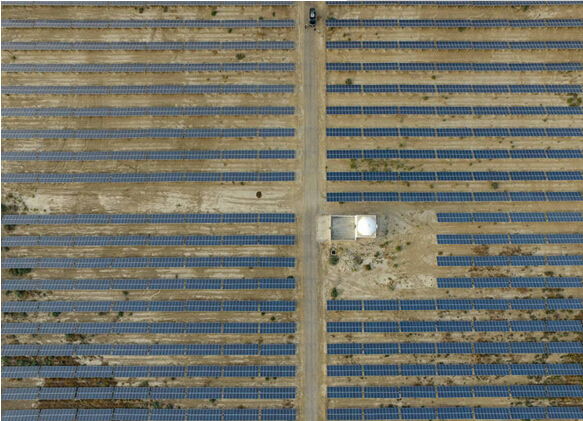A study found that turning home homes into power stations could save an average of over £ 600 per family per year, in addition to reducing energy consumption by more than 60 percent.

This idea has been confirmed and is being run in the teaching building of the Swansea University Bay Campus. The BIPV building is integrated into solar roofs and battery energy storage, and the south-facing walls are used to collect solar heat.
The report focuses on applying this concept to the average family and detecting the impact that such families will have on the UK's economy and energy.
The parameters for the Swansea University "Nisi activities of housing projects" in the development of 16 houses. This project combines solar energy roofs, shared battery energy storage, electric vehicle charging points and solar collectors and technology in one, can capture and recover the waste heat inside the building, and will usher in 2019 households.
The analysis also shows that if we can build one million such households, it can reduce the peak power generation of 3GW, which is equivalent to a large central power station. It can reduce carbon emissions by nearly 80 million tons in 40 years and can invest in new industries Economy brings potential benefits.
















 RCCN WeChat QrCode
RCCN WeChat QrCode Mobile WebSite
Mobile WebSite







